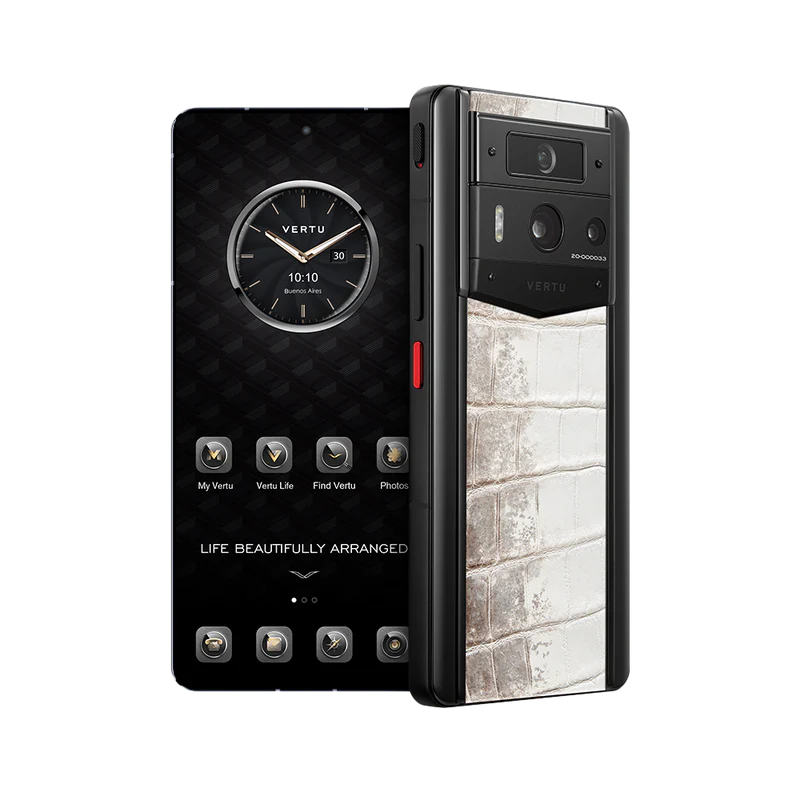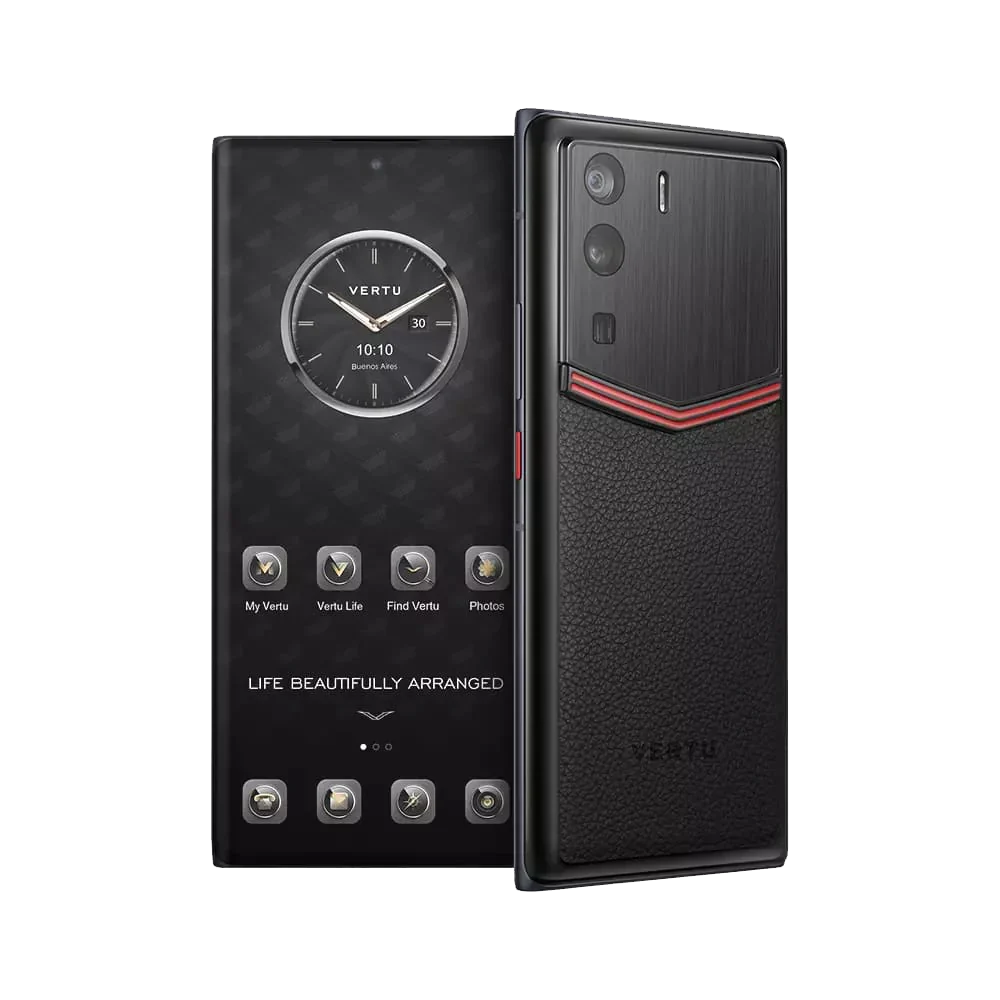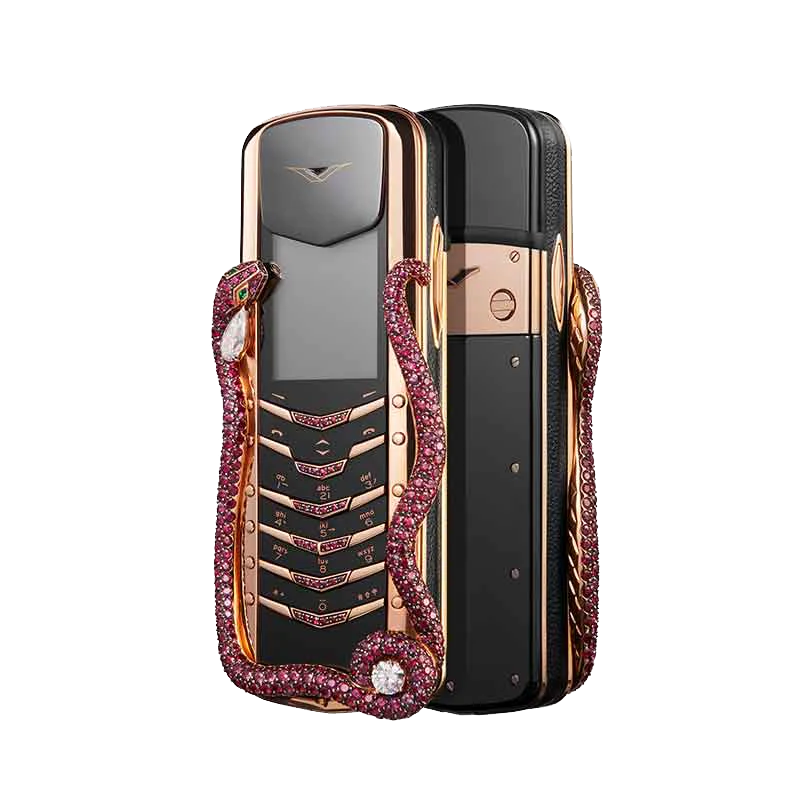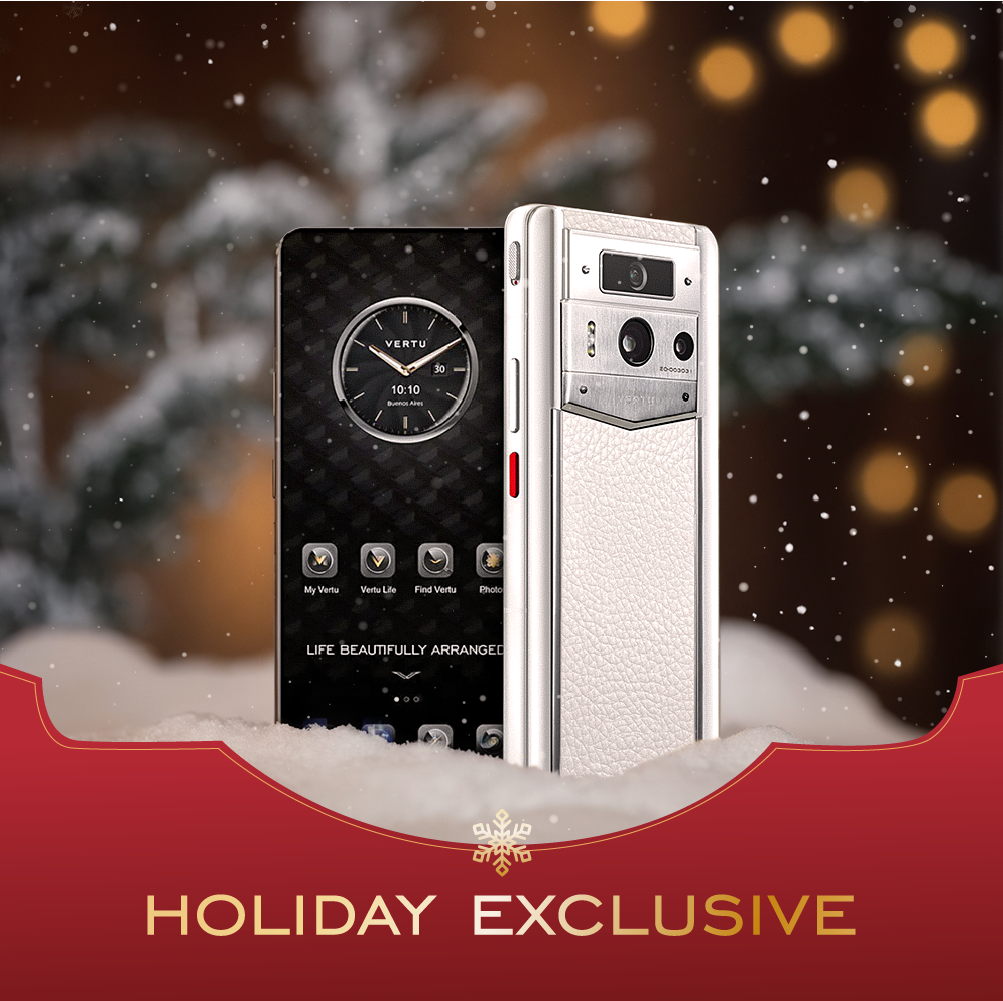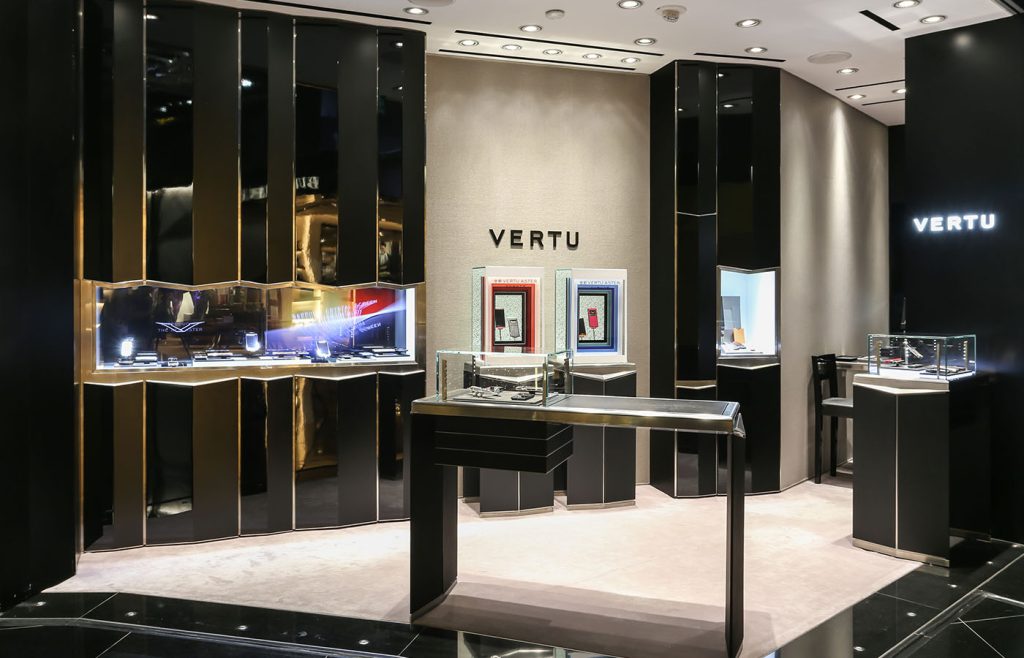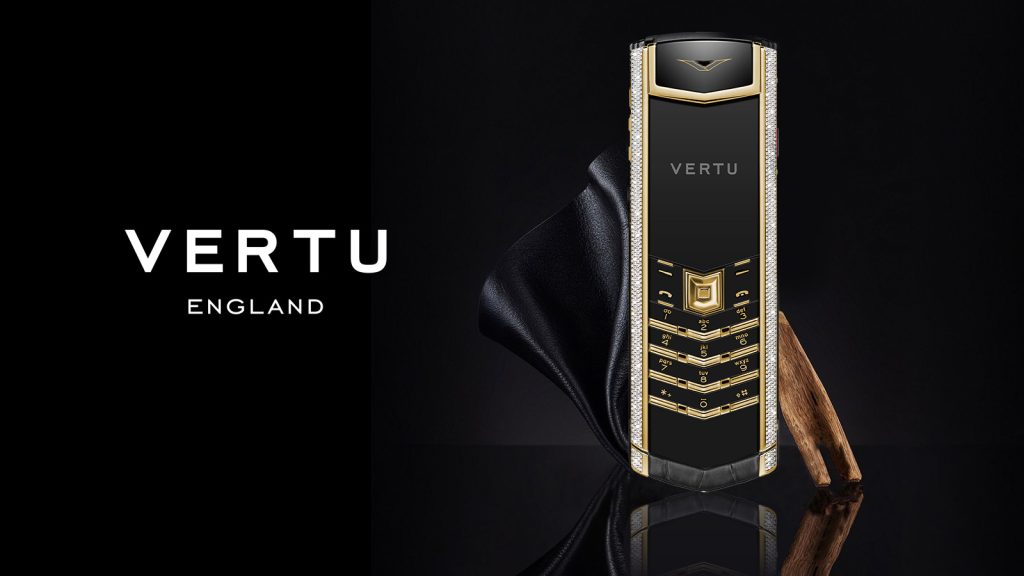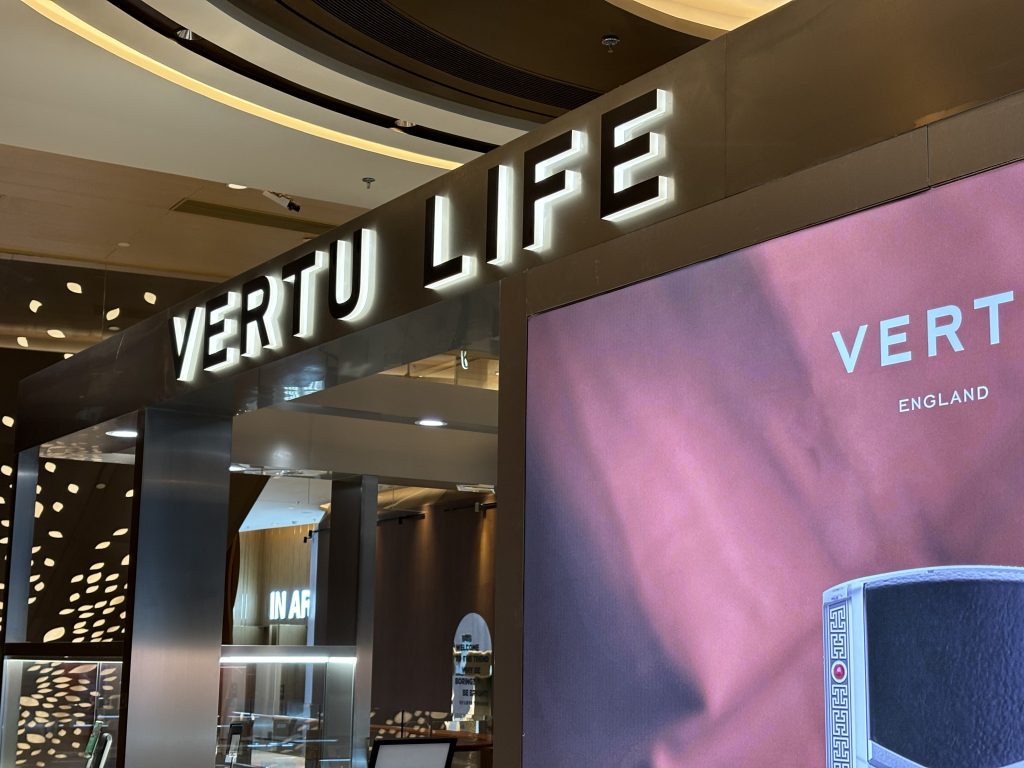In today’s era of rapid globalization, linguistic accuracy has become especially important, especially for brands that strive for the ultimate in precision and luxury experiences. Recently, a small translation error in a product description for a high-end cell phone brand sparked widespread debate. The brand, known for its exquisite craftsmanship and unparalleled attention to detail, confused “Alligator” with “Crocodile” when describing the materials it uses. While this may seem like a trivial mistake, it reveals the extreme attention to detail in the luxury market and the challenges faced by technological products in the context of globalization. In the luxury sector, alligator and crocodile leathers have long been favored materials by high-end fashion brands and luxury goods manufacturers for their gorgeous textures and superior durability. However, despite the fact that they are often widely referred to, many people still struggle to differentiate between the leathers of these two reptiles. Today, we’re going to delve into the differences between alligators and crocodiles in terms of their biological characteristics and leather properties, and how these differences affect their value and application in the luxury market.
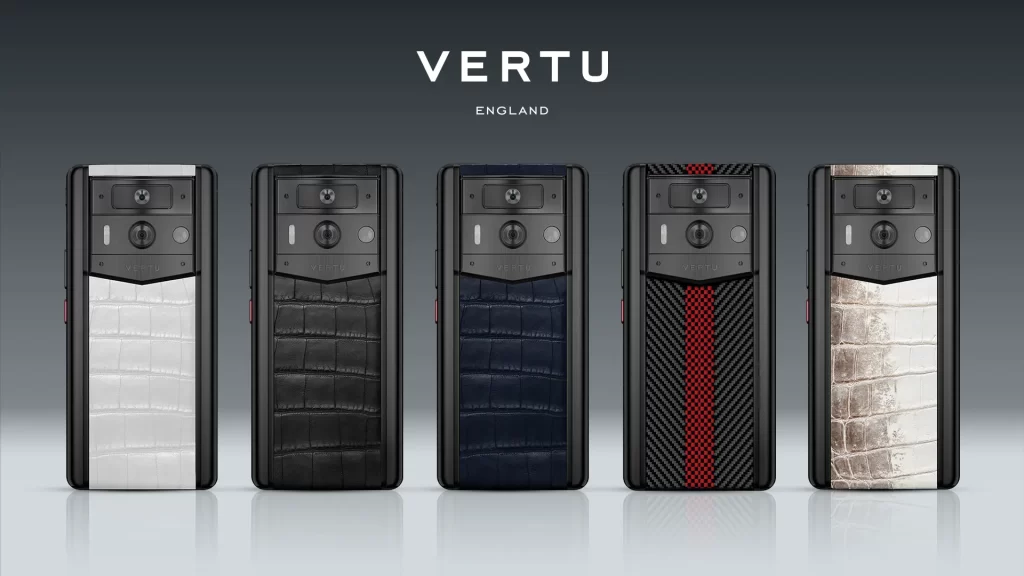
Before we delve into this topic, let’s take a look at the unique position of these two materials in the luxury sector. Alligator and crocodile skins have always been one of the most sought-after materials in the luxury industry due to their rarity and difficulty in processing. Their texture, color and feel are highly distinctive and can add an unparalleled nobility to any product. As such, the choice of this material is by no means trivial for those seeking the ultimate luxury experience. However, even the finest brands can encounter challenges when this pursuit of detail meets the language barrier of globalization. This translation error does not affect the actual quality of the product, but it does affect the brand’s image to a certain extent. In the luxury market, brand image and consumer trust are crucial. A small oversight can leave an unprofessional impression on consumers, which can affect their purchasing decisions.
First of all, from a biological point of view, the most obvious difference between alligators and crocodiles is their appearance and living environment. Alligators live mainly in freshwater environments in the United States, while crocodiles are more commonly found in salt and freshwater environments in Africa, Asia, Australia and the Americas. In terms of appearance, alligators have a wider, U-shaped snout, while crocodiles have a more pointed, V-shaped snout. Additionally, the crocodile’s fourth tooth remains visible when the mouth is closed, whereas the alligator does not. When it comes to leather characteristics, both materials, while extremely valuable, have their own distinctive characteristics. Alligator leather has a more even grain, with smaller, tightly arranged scales, giving it a more refined and luxurious feel. In contrast, crocodile leather has larger scales and a more pronounced texture, giving it a wild aesthetic. These differences make alligator leather more suitable for smaller luxury items such as high-end handbags, wallets and footwear, while crocodile leather is often used for larger fashion items such as jackets and large handbags.


In this story, we also see an interesting fusion of technological products with the traditional luxury goods industry. As technology continues to advance, more and more high-end tech products are seeking to meet the standards of luxury not only in terms of functionality, but also in terms of design and material selection. This trend not only brings more high-quality and personalized choices to consumers, but also brings new challenges and opportunities to the luxury market. For example, the emergence of folding screen technology has revolutionized cell phone design. This technology not only improves the functionality of cell phones, but also provides new possibilities for the appearance design and material selection of cell phones. Meanwhile, the integration of artificial intelligence technology has made these devices more than just a communication tool, but also a personalized luxury experience. The integration of these technologies not only demonstrates the mutual promotion between technology and the luxury industry, but also provides consumers with an unprecedented high-end experience.

In conclusion, although this translation error is a minor hiccup, it triggers us to think deeply about the relationship between the luxury market, technological advancement and the challenges of globalization. While pursuing the ultimate experience, how to maintain the brand’s precise expression and cultural sensitivity will be an important issue for every luxury brand to face in the process of globalization. For consumers, this is also an opportunity to understand and appreciate the stories behind these high-end products, so that our understanding of luxury does not just remain on the surface, but rather a deeper feeling of its unique charm and value.


